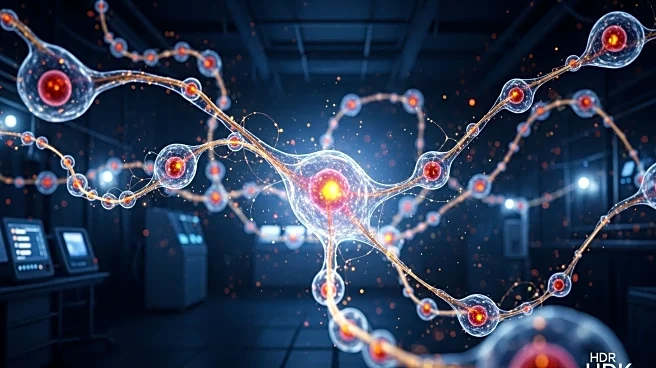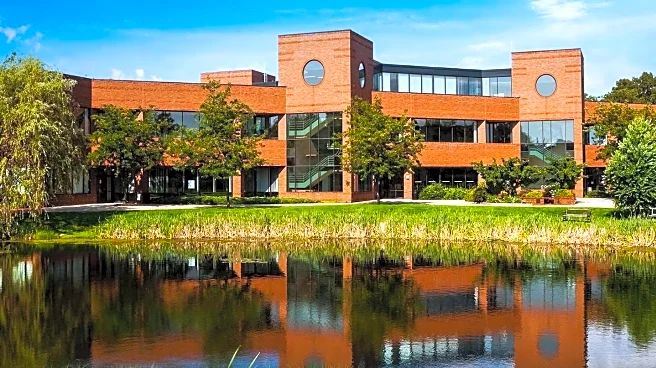What's Happening?
Researchers at the Centre for Genomic Regulation have discovered a mechanism by which cancer cells rapidly generate energy when physically stressed. This energy surge helps repair DNA damage and survive in crowded environments. The study, published in Nature Communications, reveals that mitochondria in cancer cells pump extra ATP into the nucleus when compressed, aiding in DNA repair.
Why It's Important?
This discovery provides insight into how cancer cells survive and thrive in challenging environments, potentially leading to new therapeutic strategies. By understanding the role of mitochondria in energy production and DNA repair, researchers can develop treatments that target these processes, potentially inhibiting cancer spread.
What's Next?
Further research is needed to explore how this mechanism can be targeted in cancer treatment. The study opens new avenues for developing drugs that disrupt the energy production process in cancer cells, potentially reducing their ability to repair DNA and spread.
Beyond the Headlines
The study suggests that similar mechanisms may exist in other cell types, such as immune cells and neurons, indicating a broader biological significance. Understanding these processes could lead to advancements in treating various diseases beyond cancer.










